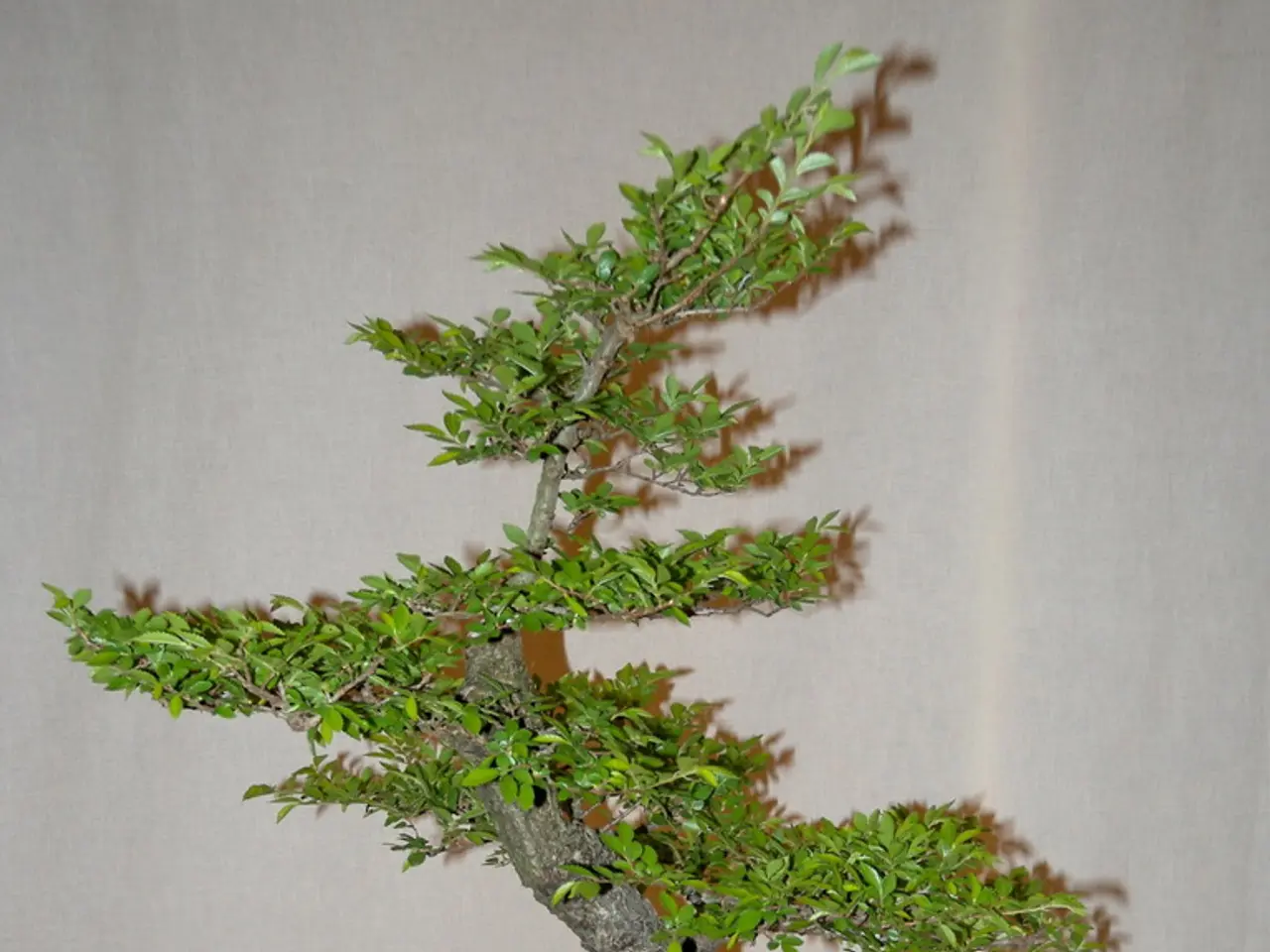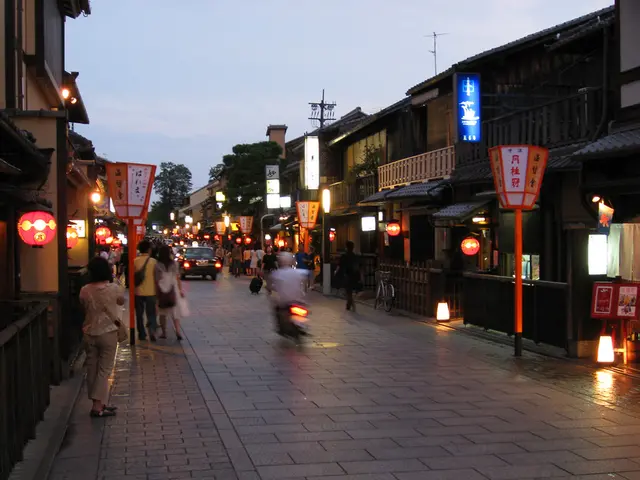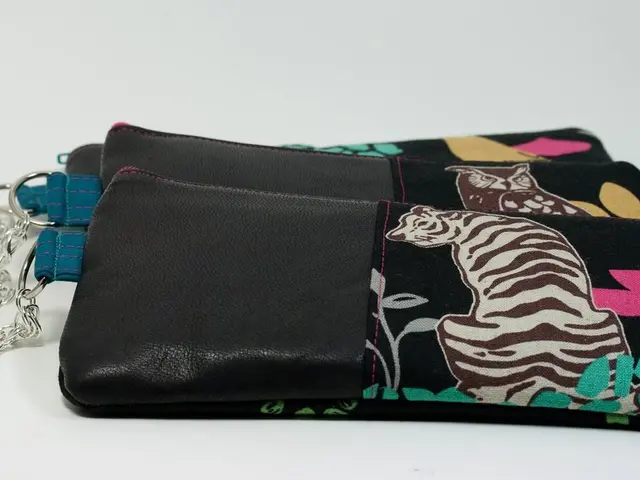Hemp's Resurgence: Europe Rediscovering an Ancient Crop's Environmental Benefits
Hemp fiber, once a staple in Europe, is making a comeback due to its environmental benefits and versatile applications. After a decline following the industrial revolution, hemp is now gaining importance in technical fields such as geotextiles and composite materials.
Hemp's journey spans millennia. Ancient Greeks and Romans valued it for ropes, textiles, and paper. In the Middle Ages, it was central to European agriculture, used for clothing, bedding, and seafaring. The 15th century marked its peak, with Europe's maritime expansion relying on hemp for sails, ropes, and rigging.
The 19th and 20th centuries saw a decline with the rise of synthetic fibers. However, the ecological shift of recent decades has led to its rediscovery. Today, hemp is in demand again due to its environmental balance, material properties, and versatility. It can grow quickly, bind CO2, and requires little water and pesticides, making it a sustainable agricultural option for the environment.
To fully realize hemp's potential, Europe needs investments in modern processing facilities and political commitment. With startups like HANS Brainfood already cultivating industrial hemp in Germany, the stage is set for a resurgence of this ancient crop in the 21st century.








